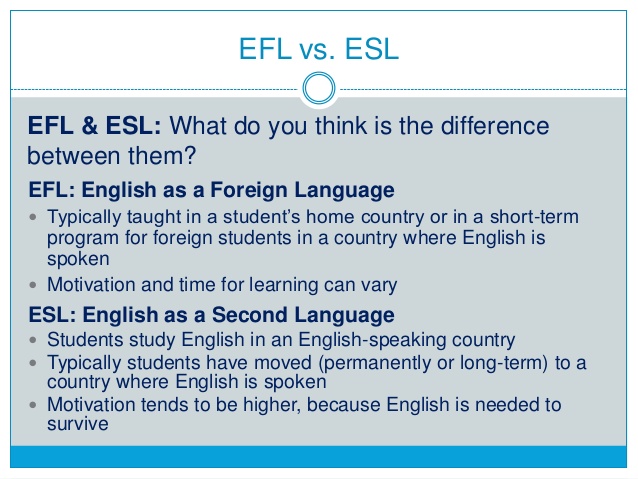
Code switching can be defined as the use of more than one language, variety, or style by a speaker within an utterance or discourse, or between different interlocutors or situations (Romaine, 1992:110).
This phenomenon can be observed in the following example which mixes two languages:
If you have an exam next week, şimdiden çalışmaya başlamalısın.
Code switching occurs mostly in bilingual communities. Speakers of more than one language are known for their ability to code switch or mix their language during their communication. As Aranoff and Miller (2003:523) indicate, many linguists have stressed the point that switching between languages is a communicative option available to a bilingual member of a speech community, on much the same basis as switching between styles or dialects is an option for the monolingual speaker.
Reasons Speakers Use Code Switching
There are a number of possible reasons for switching from one language to another, and these will now be considered, as presented by Crystal (1987).
The first of these is the notion that a speaker who may not be able to express him/herself in one language switches to the other to compensate for the deficiency. As a result, the speaker may be triggered into speaking in the other language for a while. This type of code switching tends to occur when the speaker is upset, tired or distracted in some manner.
Secondly, switching commonly occurs when an individual wishes to express solidarity with a particular social group. Rapport is established between the speaker and the listener when the listener responds with a similar switch. This type of switching may also be used to exclude others from a conversation who do not speak the second language. An example of such a situation may be two people in an elevator in a language other than English. Others in the elevator who do not speak the same language would be excluded from the conversation and a degree of comfort would exist amongst the speakers in the knowledge that not all those present in the elevator are listening to their conversation.
As Skiba (1997) comments, code switching is not a language interference, on the basis that it supplements speech. Where it is used due to an inability of expression, code switching provides continuity in speech rather than presenting an interference in language. The socio-linguistic benefits have also been identified as a means of communicating solidarity, or affiliation to a particular social group, whereby code switching should be viewed from the perspective of providing a linguistic advantage rather than an obstruction to communication. Further, code switching allows a speaker to convey attitude and other emotives using a method available to those who are bilingual and again serves to advantage the speaker, much like bolding or underlining in a text document to emphasize points. Utilizing the second language, then, allows speakers to increase the impact of their speech and use it in an effective manner.
In some situations, code switching is done deliberately to exclude a person from a conversation. It is seen as a sign of solidarity within a group, and it is also assumed that all speakers in a conversation must be bilingual in order for code switching to occur. Bilinguals do not usually translate from the weaker language to the stronger one. Code switching is used most often when a word doesn't "come".
Code switching can be used in a variety of degrees, whether it is used at home with family and friends, or used with superiors at the workplace.















